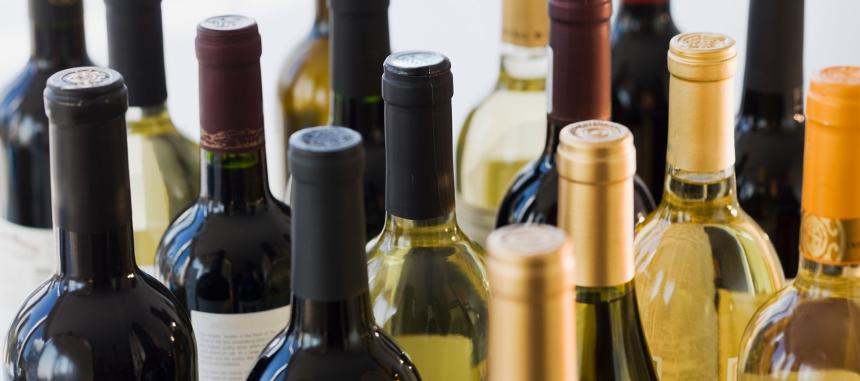How Much Alcohol Are You Really Drinking?

The answer to this question is not simple because we’re currently at a pivotal moment in the research and thinking on how much alcohol is OK to drink and if it might even have a positive effect on our health. For decades, the narrative has been that two drinks for men daily and one for women is not only OK but has an optimal healthy impact versus not drinking any alcohol at all.
Research in 2018, together with little publicized existing facts about the health risks of alcohol, are dramatically changing how the medical community perceives alcohol consumption and its impact on our health and longevity.
For example, few acknowledge that the World Health Organization’s International Agency for Research on Cancer gave alcohol a Level 1 carcinogen designation in 1988. Fingers are heavily pointed to much of the scientific research on alcohol being funded or obscured by the alcohol industry itself.
That is until 2018 when results from a significantly large meta-study in of 600,000 people, found levels of alcohol once thought to be harmless or even healthy were linked to higher numbers of death at an earlier age. And the more alcohol consumed, the higher the death rates. The results forced experts to question previously reported data suggesting alcohol — including red wine, much touted for its health benefits – can be healthful.
What Exactly Is One Alcoholic Drink?
While the scientific community digs further into the effects of alcohol on our health, let your doctor know how much you drink. It’s common to underreport your alcohol consumption mostly because there’s so much confusion over what actually constitutes ‘one drink.’
One drink is defined as 0.6 fluid ounces (14 grams) of pure alcohol. This equates to 12-ounces of regular beer with five percent alcohol by volume (ABV), a 5-ounce glass of wine with 12 percent ABV or 1.5 ounces of distilled spirits at 80-proof with 40 percent ABV. Here’s where it gets tricky. One 12-oz can or bottle of beer might have 4.25 percent ABV and another 8.5 percent. Light beers seem to have less alcohol than more robust IPAs. It’s the same issue across wine varieties and cocktails. So, depending on the ABV of what you’re drinking, you may be consuming a lot more alcohol than you think.
Benefits of Reducing Your Alcohol Consumption
Per the meta-study by Cambridge University researchers, the good news is that if you halve your alcohol consumption, you can potentially add one to two years back to your life.
This is why it’s important to be as specific as you can about both how much and what you drink, so together you and your doctor can drill down to how much alcohol you’re actually consuming. This drink size calculator from National Institutes of Health can help.
You should also keep a diary when you drink. Did you have one glass of red wine or did you and your spouse polish off a bottle? Keeping notes will help you sort it out.
Above all — check the labels of drinks you regularly consume at home for ABV and track how much alcohol you drink to help you and your doctor do the math. Your health and longevity depend on it.
If you don’t have a primary care physician, consider partnering with an MDVIP-affiliated physician. MDVIP doctors have the time to work with you to help you to develop a personalized wellness plan. Find a physician near you and begin your partnership in health »
